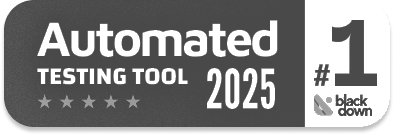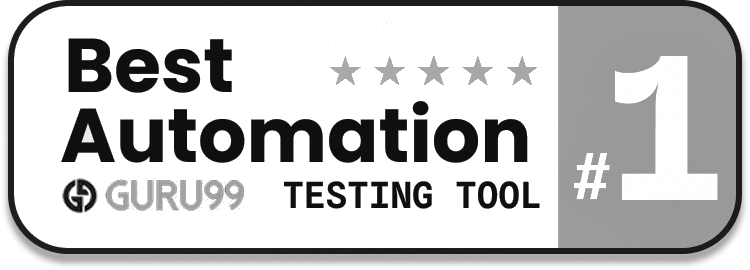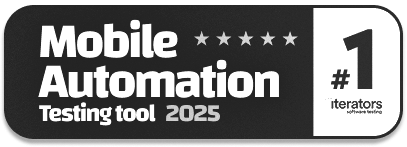What is Agile Software Development?
|
|
We use software applications on a daily basis for various purposes, be it ride-booking, food ordering, banking, or even playing games. But do we ever consider how much time and effort it takes to build this software? What resources and infrastructure are required to make it run?
Software, however basic it is, is a complex entity. It takes a lot of effort and hard work from the software team to develop a running software application. Right from conceptualization to deployment, there are many stakeholders involved in the entire process. Software developers use various software development techniques to streamline this process. One of them is Agile Software Development.
This article explains how the agile software development process works, its evolution, methodologies, benefits, challenges, and future.
| Key Takeaways: |
|---|
|
Agile Software Development – Evolution and Progress
The Predecessor – Waterfall Development Model
Before Agile came into existence, the Waterfall model was the dominant method for software development. The waterfall model is a linear and sequential approach that divides the project into various phases, such as requirements gathering, design, implementation, testing, deployment, and maintenance. Each phase is taken up sequentially, and the next phase begins only after the previous phase.
This model worked for many years, but often led to problems like:
- The model has difficulty adapting to changing requirements.
- There is a delayed feedback from stakeholders.
- There is a significant time gap between product conception and delivery, with sequential execution of phases.
- There is a high risk of failure if earlier decisions are incorrect.
These drawbacks of the waterfall model motivated some developers to come up with a more streamlined approach for software development that would reduce the time from product conception to delivery and involve stakeholders in all the product development phases.
The Agile Manifesto (2001)
A group of seventeen software practitioners came together in 2001 at Snowbird, Utah. Their main aim was to discuss lightweight software development methods. The result of their discussion was the Agile Manifesto, which laid the foundation of the Agile software development movement.
The Agile Manifesto introduced a set of four core values and 12 principles to improve software development efficiency and responsiveness.
The Four Core Values in the Agile Manifesto
The Manifesto outlines the four core values of Agile that form the core of the Agile movement. These core values are:
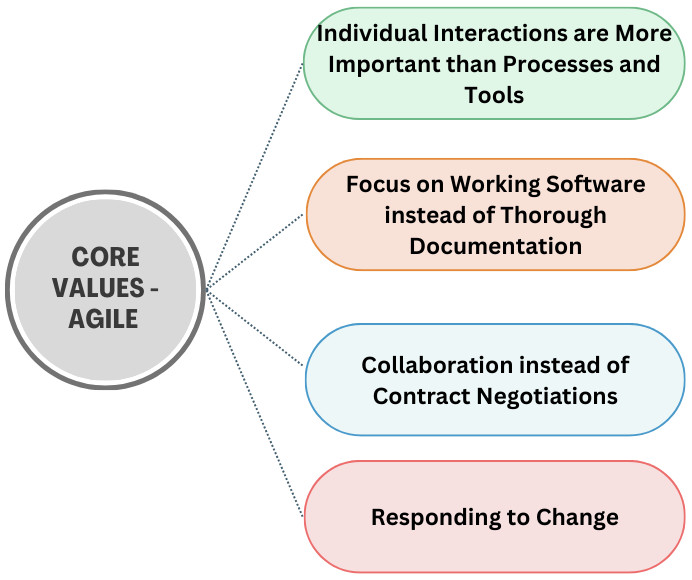
- Individual Interactions are More Important than Processes and Tools: Users drive the development process and respond to business needs. These people (developers, end users) should be valued over processes and tools. With only processes and tools driving the development, the team will be less likely to respond and adapt to changes, and therefore less likely to meet the customer’s requirements.
- Focus on Working Software instead of Thorough Documentation: Traditionally, much time was spent on documentation throughout the product development. The list of required documents was lengthy and delayed the actual development. Agile streamlines the documentation so that the developers have only the information needed to do the work, the user stories. Though it doesn’t eliminate the documentation completely, it places higher value on working software.
- Collaboration instead of Contract Negotiations: Agile emphasizes cooperation between the customer and the project manager to work out the delivery details instead of negotiations. Customer collaboration in Agile means they are involved in the entire development process from beginning to end, guaranteeing that their exact requirements are met. For example, in Agile, the customer could be present and interact with the team daily, attend all meetings, and ensure the product is developing as per their expectations.
- Responding to Change: Earlier software development resisted change because it was considered an undesired expense. Agile does not agree with this idea. Agile allows short iterations of development that help with the changes to be made, allowing teams to modify the process to fit their requirements best. Agile software development believes change is always a way to improve the project and provide additional value.
The 12 Principles of Agile
The Agile Manifesto also outlined the 12 core principles for the development process that emphasize continuous delivery, sustainable development, face-to-face communication, simplicity, and reflection for improvement. These principles are outlined as follows:
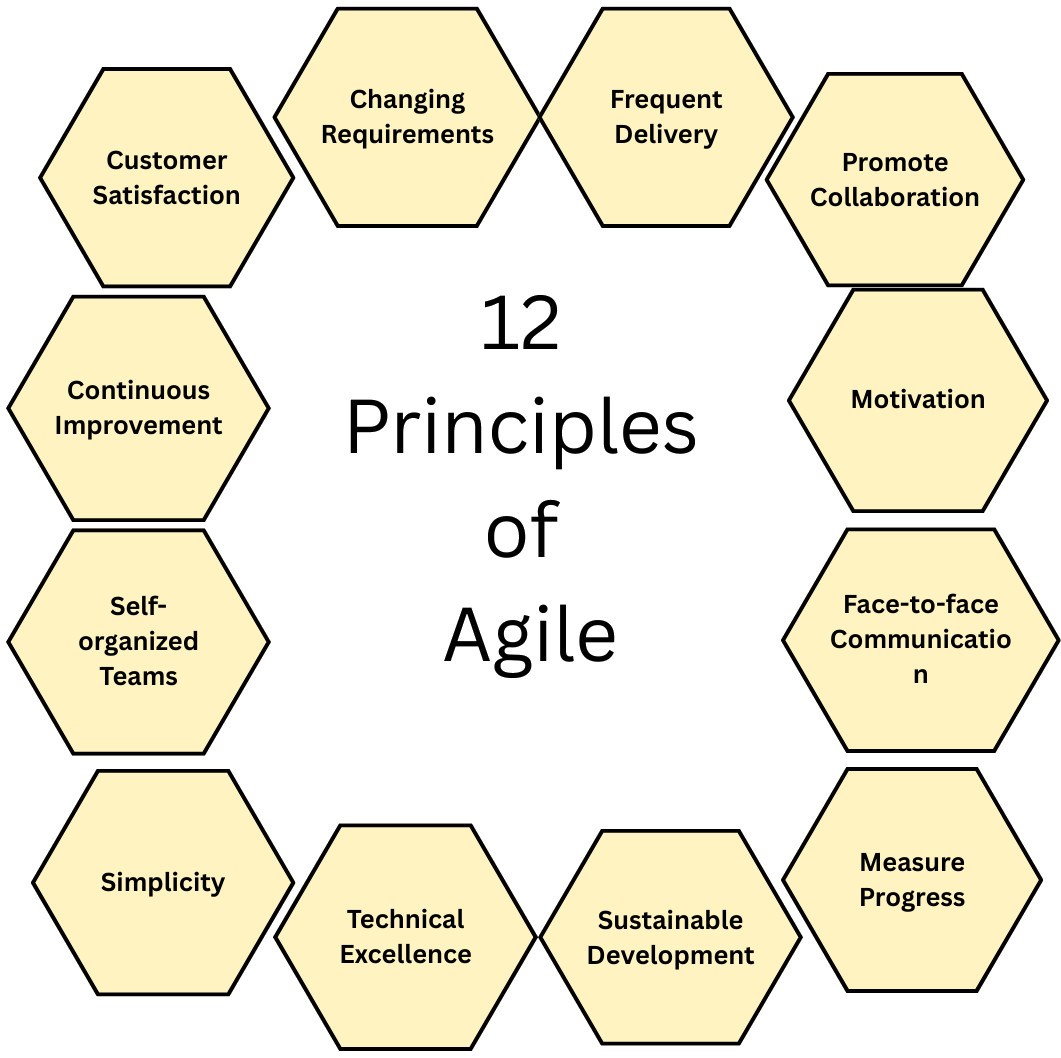
- Customer Satisfaction: The highest priority is to satisfy customers through the early and continuous delivery of valuable software.
- Changing Requirements: Do not resist changing requirements even late in development.
- Frequent Delivery: Opt for frequent delivery of working software, from a couple of weeks to a couple of months.
- Promote Collaboration: Ensure business people and developers work together daily throughout the project.
- Motivation: Provide the environment and support that individuals need to motivate themselves and trust them to get the job done.
- Face-to-face Communication: Promote face-to-face conversation between the development team to convey information and resolve conflicts.
- Measure Progress: In Agile, working software is the primary measure of progress.
- Sustainable Development: Promote sustainable development. The sponsors, developers, and users should be able to maintain a constant pace indefinitely.
- Technical Excellence: Pay continuous attention to technical excellence and good design to enhance agility.
- Simplicity: This is the art of maximizing the amount of work not done.
- Self-organized Teams: This ensures the best architectures, requirements, and designs.
- Continuous Improvement: Encourage the team to reflect on how to become more effective at regular intervals and tune and adjust its behavior accordingly.
Agile – Key Features
At this point, we can say Agile is a mindset informed by the Agile Manifesto’s core value and principles. These values and principles guide developers to create and respond to change and deal with uncertainty.
Agile is not a single process or method. It is an umbrella term for a set of core values, principles, and practices that encourage iterative and incremental development. It is used because it helps developers deliver value continuously and quickly. Customers benefit from seeing and using the product sooner, allowing for quick feedback and adjustments. Agile teams focus on what matters, concentrating on tasks that add value and avoiding unnecessary work.
Some of the key features of the Agile approach are:
- Agile as a Mindset: The Agile approach represents a culture shift that values adaptability, collaboration, and client happiness. It gives teams more authority and promotes an upbeat work atmosphere.
- Quick Response to Change: Agile encourages a culture that allows teams to respond quickly to constantly shifting priorities and requirements. This adaptability is particularly useful in projects that experience fast changes.
- Regular Demonstrations: Agile techniques emphasize regular demonstrations of project progress. All project stakeholders can clearly see the project’s status, upcoming problems, and upcoming new features, and provide their feedback so that the work can be adjusted.
- Cross-Functional Teams: Agile promotes self-organizing, cross-functional teams that share information effectively, communicate more effectively, and feel like a unit.
- Iterative Development: Agile projects are broken into small cycles (typically 1-4 weeks), known as iterations or sprints. Each iteration delivers a potentially shippable product increment.
- Incremental Delivery: The work is delivered frequently in usable chunks that add functionality over time. This allows users to derive value early and provide teams with feedback for improvement.
- Emphasis on Communication: Face-to-face conversation, daily stand-ups between Agile teams, and collaborative tools like whiteboards or virtual boards encourage transparency and shared understanding.
One point to note here is that the Agile software development community strongly emphasizes collaboration and self-organizing teams. This does not mean that managers are not needed. Instead, it means that teams can figure out their approach on their own. It also means that teams are cross-functional and don’t have to have a specific role. When you get the team together, you ensure that all the right skills are on the team.
This is where the managers come into the picture. Managers ensure that the team members have or obtain the right skillsets and provide an environment that allows the team to be successful. However, in Agile, managers usually step back and let the teams figure out how they will deliver products. But if teams are unable to resolve issues, managers step in.
Popular Agile Frameworks / Agile Methodologies
Over the years, many frameworks or methodologies have emerged that apply Agile principles. Every Agile methodology aims to embrace and adapt to change while delivering working software as efficiently as possible. However, each method varies in how it defines the software development steps. Some of the most popular Agile methodologies are discussed next.
Scrum
Scrum is a lightweight Agile framework and is widely used. Project managers use Scrum to control all types of incremental and iterative projects. In Scrum, the product owner creates a product backlog that enables them to work with their team to identify and prioritize system functionality.
The product backlog lists everything that must be achieved to deliver a working software system. Once the product backlog is finalized, no functionality or feature is added except by the corresponding team. Scrum divides work into fixed-length sprints (usually 2-4 weeks), during which a cross-functional team works to deliver a product increment.
After each sprint, the product backlog is re-evaluated, analyzed, and reprioritized to select a new set of deliverables for the next sprint.
Scrum is simple, proven productive, and can incorporate the various practices promoted by other Agile methods. Thus, it has become popular over the years. Read: Scrum vs. Kanban vs. Lean: Choosing Your Path in Agile Development
Kanban
Kanban is a visual workflow management method that enables teams to actively manage product creation, emphasizing continuous delivery and limiting work in progress (WIP). It has become popular with teams practising lean software development. Developers use a Kanban board with columns representing workflow stages (e.g., To Do, In Progress, Done).
Kanban encourages continuous collaboration and tries to define the best possible workflow to promote an environment with active and ongoing learning and improvement. It is often chosen over Scrum as it is more flexible, and team members tend to like the visual workflow. However, its flexibility can lead to ambiguity and difficulty in estimating completion times compared to other methodologies.
Extreme Programming (XP)
XP is a disciplined approach that focuses on speed and continuous delivery. It encourages close teamwork, constant planning and testing, fast feedback loops, and customer involvement. Software is delivered at frequent intervals, in one to three weeks.
XP aims to improve software quality and responsiveness when faced with changing customer requirements. The XP method is based on feedback, communication, simplicity, and courage. Customers define and prioritize user stories in close collaboration with the development team. The XP method maximizes productivity by providing users with a supportive, lightweight framework that guides them and helps ensure the release of high-quality enterprise software.
Lean Software Development
This is another popular iterative method that emphasizes fast delivery, eliminating waste, amplifying learning, and optimizing the development process.
The Lean method relies on fast and reliable feedback between the customers and developers to provide fast and efficient development workflows. To accomplish this, the decision-making authority is provided to the individuals and small teams so that they do not rely on a hierarchical flow of control. Users are asked to select only truly valuable features of their system, prioritize them, and then deliver these features in small batches to eliminate waste. Automated unit tests are written simultaneously with the code, and they ensure that every team member is productive.
Feature-driven development (FDD)
As the name suggests, FDD is a process where development is by feature and follows software engineering best practices of code ownership and domain object modeling to create a model-driven, short-iteration, cohesive process. First, FDD defines an overall model shape that creates a feature list.
It then proceeds with the iterations lasting upto two weeks and focuses on planning, designing, and developing by feature. In situations where a feature takes more than two weeks to complete, it should be broken down into smaller features. FDD is scalable even to large teams since it uses a concept of “just enough design initially.”
SAFe (Scaled Agile Framework)
SAFe is an Agile methodology that is designed for large enterprises that want to scale Agile practices across teams, departments, and portfolios. It is a set of organizational and workflow patterns for implementing Agile practices at a larger scale.
SAFe includes layers for teams, programs, and portfolios and emphasizes strategic alignment.
The Agile Lifecycle
An Agile approach does not follow a traditional “start-to-finish” sequence. It is a cyclical method that is adaptable to constant changes. A typical Agile lifecycle includes the following stages:
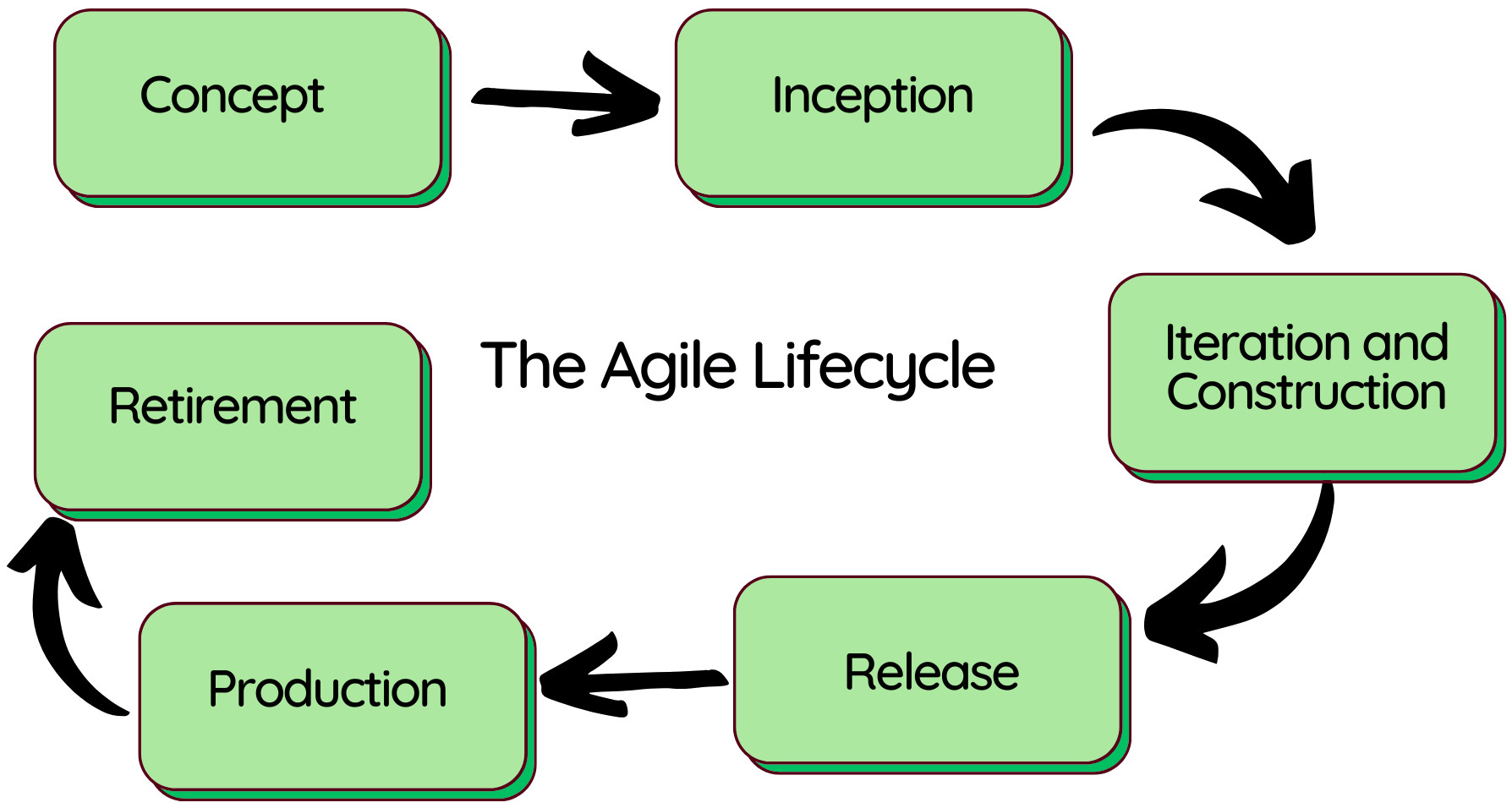
1. Concept
This is the first step in Agile Development lifecycle and identifies business opportunities in each potential project. It also estimates the time and work that will be required to complete the project. The information collected at this stage can then be used to prioritize projects and decide which ones are technically and economically feasible.
2. Inception
In this second step, team members are identified, funding is finalized, and the initial requirements of the project are discussed with the customer. A timeline that outlines the various responsibilities of teams and clearly defines the work completion for each sprint is created in this step.
3. Iteration and Construction
In this step, teams start developing working software based on requirements and continuous feedback. The Agile development cycle is based on iterations or single development cycles, which are built upon each other and lead the project to the next step of the overall development process until the project is over.
Each iteration lasts between two and four weeks, with an established completion date. A working product is launched at the end of each iteration. A development cycle has multiple iterations, and each iteration possesses its own workflow. An iteration flow consists of:
- Define requirements based on the product backlog, sprint backlog, and feedback from stakeholders, including the customer.
- Develop software based on the requirements.
- Perform testing and prepare documentation for the working software.
- Deliver and integrate the working product into production.
- Gather customer and stakeholder feedback on the iteration to define new requirements for the next iteration.
4. Release
Once the iteration is over, the working software is released. These steps involve final testing, resolution of defects, finalization of the system, and user documentation. Once all this is accomplished, the final iteration is released into production.
5. Production
This step focuses on providing necessary support to maintain the released software. It is the responsibility of the development team to keep the software running smoothly. The production phase continues until the product is planned for retirement or the support has ended.
6. Retirement
This step consists of all end-of-life activities, including notifying customers and final migration. The system release is removed from production, and it may be replaced by a new system, probably because the current system is outdated, unnecessary, or starts to go against the business model.
Benefits of Agile Software Development
An agile approach provides numerous advantages over traditional methods:
- Customer Satisfaction: Agile offers regular delivery and open communication, keeping stakeholders engaged and satisfied. It also ensures that the product aligns with their needs.
- Increased Flexibility: Agile teams can easily adapt to changes in scope, market conditions, or technology without affecting the project.
- Higher Quality: Due to frequent testing, continuous integration, and early feedback, defects are reduced and product quality improved.
- Faster Time-to-Market: Agile adopts short cycles (iterations) and incremental releases, allowing companies to launch faster and gain a competitive advantage.
- Team Empowerment: Agile teams are self-organizing and take ownership of their work. This improves morale, accountability, and creativity.
- Risk Reduction: Continuous involvement of stakeholders and early visibility into progress helps detect and address risks in advance.
Common Challenges with Agile
Despite its advantages, Agile is not without challenges:
- Resistance to Change: Organizations having traditional mindset and rigid hierarchies resists the change and struggle to embrace Agile values and practices.
- Misunderstanding Agile: Some teams are “doing Agile” without “being Agile”. This leads to poor outcomes.
- Scaling Issues: Agile works perfectly for small teams. However, scaling across larger, distributed organizations may involve complexities.
- Lack of Upfront Planning: Too little planning leads to technical debt, lack of direction, or scope creep.
- Inconsistent Metrics: Metrics has to be interpreted correctly in Agile or measuring velocity or story points can become misleading. Additionally, traditional metrics may not align with Agile objectives.
- Lack if Thorough Documentation: Although Agile does not eliminate documentation completely, it is still not adequate. Agile mostly emphasized on documenting user stories. Other documentation is often not prepared.
Agile vs. Waterfall: A Comparison
Here is a comparison of Agile and Waterfall models.
| Feature | Agile | Waterfall |
|---|---|---|
| Process | Iterative and incremental | Linear and sequential |
| Flexibility | Highly flexible | Low flexibility |
| Documentation | Lightweight, just-enough | Extensive documentation |
| Delivery | Early and continuous | At the end of the project |
| Customer Involvement | Frequent and ongoing | Primarily at the beginning/end |
| Risk Management | Continuous and proactive | Often reactive, after testing |
| Suitable For | Dynamic environments | Stable, well-defined projects |
Agile Tools and Technologies
Agile teams use a variety of tools and technologies to manage their work and facilitate collaboration. Some of the tools and technologies are listed in the table below:
| Tools/Technologies | Examples |
|---|---|
| Project Management Tools/Technologies |
|
| Communication & Collaboration Tools | |
| CI/CD & DevOps Technologies |
|
| Test Automation Tools |
Agile Best Practices
Some of the best practices to be followed for Agile software development are:
- User-Centric Development: Consider user personas, behaviors, and feedback when building features.
- Backlog Grooming: Regularly evaluate, refine, and prioritize the backlog to keep it relevant.
- Definition of Done (DoD): Set a clear criterion for when a task or feature is truly complete.
- Retrospectives: Use retrospectives constructively to adapt processes and improve team dynamics.
- Test Automation: Integrate automated tests into the pipeline for faster and accurate feedback. Read: How to Start with Test Automation Right Now?
- Pair Programming and Code Reviews: Improve code quality and knowledge sharing by adopting pair programming. Read: What is Pair Programming?
- Incremental Design: Design just enough for the current need to avoid overengineering.
Future of Agile
The agile approach continues its successful stint in meeting the needs of modern development teams. Trends emerging in the future include:
- Agile + DevOps: Agile integrated with DevOps provides faster, efficient, and reliable delivery as development aligns with operations and infrastructure.
- AI and Automation: Using AI tools with Agile enhances planning, testing, and analytics. It enables teams to make data-driven decisions and speed up delivery. Read: The Role of QA in Agile Development
- Hybrid Models: Blending Agile with traditional models into hybrid models may suit regulatory or business constraints.
- Agile Beyond Software: Agile practices have now been applied to other areas such as marketing, HR, and product design.
- Agile at Scale: Larger enterprises can now roll out Agile practices across hundreds of teams and complex product lines using frameworks such as SAFe, LeSS, and Nexus.
Conclusion
Agile software development has transformed the way software is built, deployed and managed, enabling teams to deliver high quality software faster and with greater customer alignment. Adopting Agile requires cultural and procedural shifts. However, the benefits such as greater flexibility, improved collaboration, faster feedback, and higher customer satisfaction are well worth the effort.
As software market demands continue to rise and technology evolves, Agile’s core philosophy of continuous improvement and responsiveness ensures that it remains an essential approach to modern software development.
| Achieve More Than 90% Test Automation | |
| Step by Step Walkthroughs and Help | |
| 14 Day Free Trial, Cancel Anytime |



